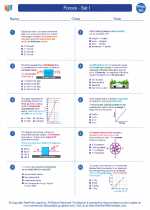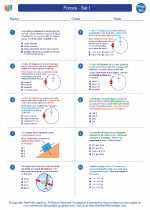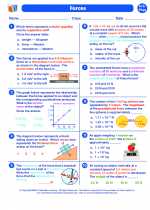Magma: Definition and Properties
Magma is a molten or semi-molten natural material from which igneous rocks are formed. It is found beneath the Earth's surface and is generated from the partial melting of rocks in the Earth's mantle and crust. Magma can vary in composition, temperature, and viscosity, which influences the type of igneous rock that will form when it solidifies.
Types of Magma
There are several types of magma, classified based on their chemical composition and viscosity:
- Basaltic Magma: This type of magma is low in silica content and has a low viscosity. It is often associated with shield volcanoes and produces basaltic rocks.
- Andesitic Magma: Andesitic magma has a medium silica content and viscosity. It is associated with stratovolcanoes and generates andesite rocks.
- Rhyolitic Magma: Rhyolitic magma has a high silica content and high viscosity. It is linked to explosive eruptions and forms rhyolite rocks.
Formation of Magma
Magma is formed through the process of partial melting, which occurs when rocks are subjected to high temperatures and pressure. This can happen due to the heat generated by the underlying mantle or by the addition of heat from tectonic activity.
Magma Chambers
Magma is often stored in underground reservoirs known as magma chambers. These chambers can range in size and are crucial in the formation of volcanic eruptions.
Study Guide
Key Concepts to Understand
- Definition of magma and its role in the formation of igneous rocks.
- The various types of magma and their characteristics.
- The process of partial melting and how it leads to the formation of magma.
- The significance of magma chambers in volcanic activity.
Topics for Further Exploration
For a deeper understanding of magma, consider exploring the following topics:
- The relationship between magma composition and volcanic eruptions.
- The use of magma composition as a tool for understanding tectonic plate movements.
- The impact of volcanic activity on the Earth's surface and the environment.
By grasping the fundamentals of magma and its properties, you can gain insights into the dynamic processes that shape the Earth's geology.
[Magma] Related Worksheets and Study Guides:
.◂Physics Worksheets and Study Guides High School. Forces - Set I

 Worksheet/Answer key
Worksheet/Answer key
 Worksheet/Answer key
Worksheet/Answer key
 Worksheet/Answer key
Worksheet/Answer key
